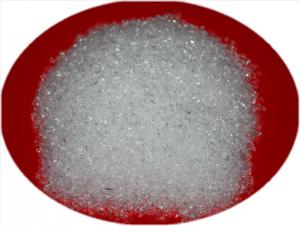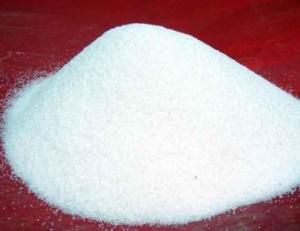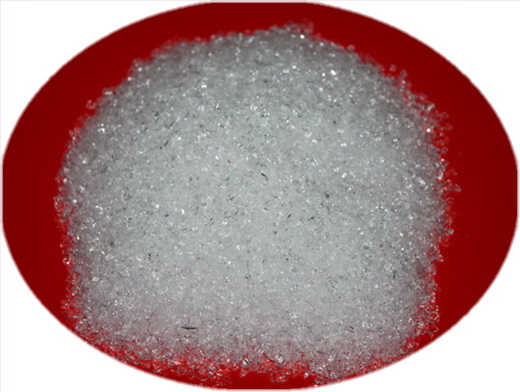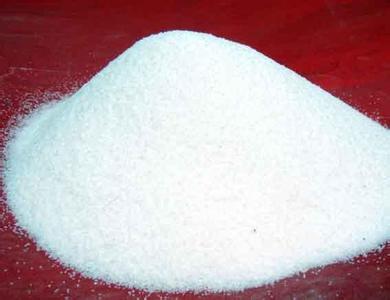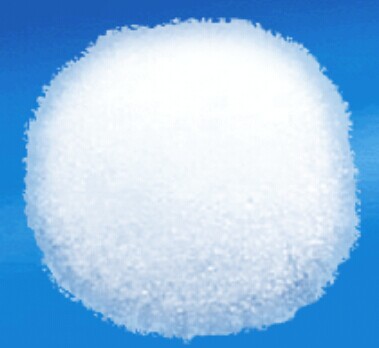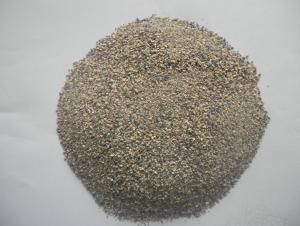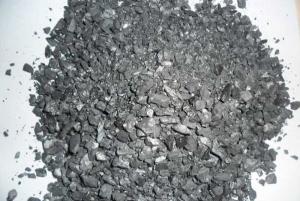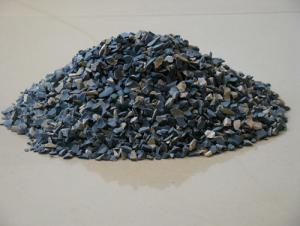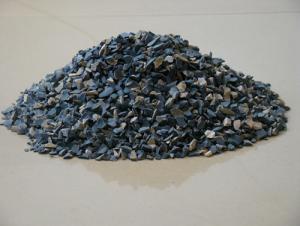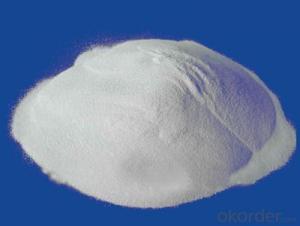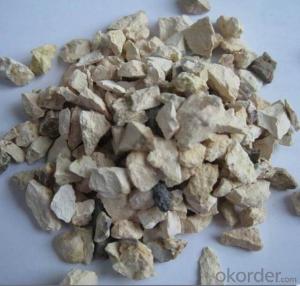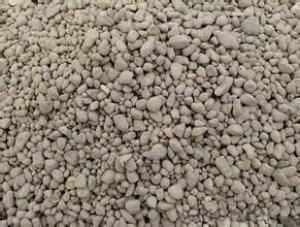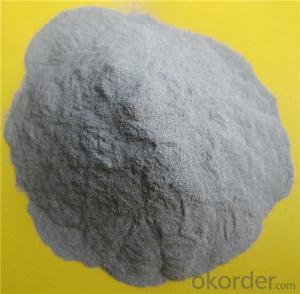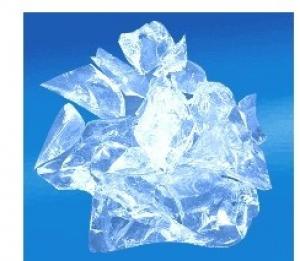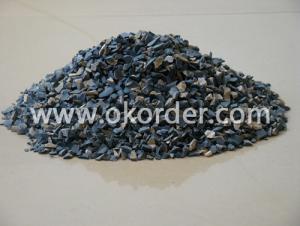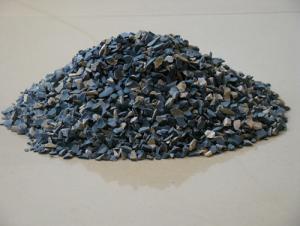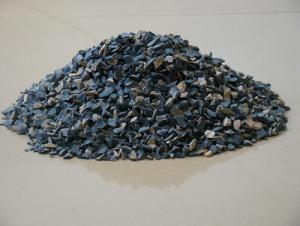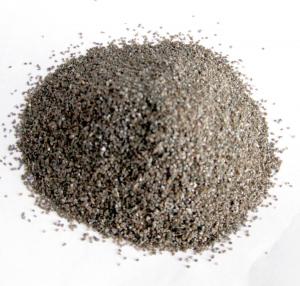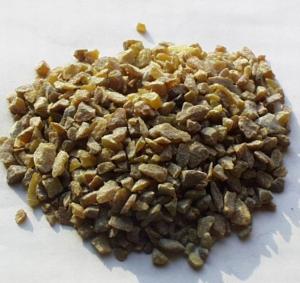Fused Silica Powder - Raw Materials for Refractory
- Loading Port:
- China Main Port
- Payment Terms:
- TT OR LC
- Min Order Qty:
- -
- Supply Capability:
- -
OKorder Service Pledge
OKorder Financial Service
You Might Also Like
PRODUCT INFORMATION | |
Item | Fused Silica Powder |
Size | D50=9~11um |
Application | Epoxy insulation encapsulant material / Epoxy Molding Compound (EMC), Copper Clad Laminate (CCL), Electromagnetism Industry, Electronic Industry, Ceramic Industry, The Aerospace Industry, Glass Industry, Plastics Industry, Grinding Material Industry, Coating Industry, Investment Casting Industry, Thermal Insulation Product of Calcium Silicate, Refractory Material |
Model No. | R610 |
MOQ | 5 ton |
Material | natural silica rock after melting |
H.S. CODE | 25061000 |
PRODUCT CHEMICAL COMPOSITION AND PHYSICAL PROPERTIES | |
SiO2 | >99.99% |
Al2O3 | <0.015% 1000ppm |
Fe2O3 | <0.002% 50ppm |
Density | 2.2 |
Whiteness | >92% |
Moisture content | <0.05% |
Mohs hardness | 6.5 |
Igniting loss | <0.12% |
Appearance | powder |
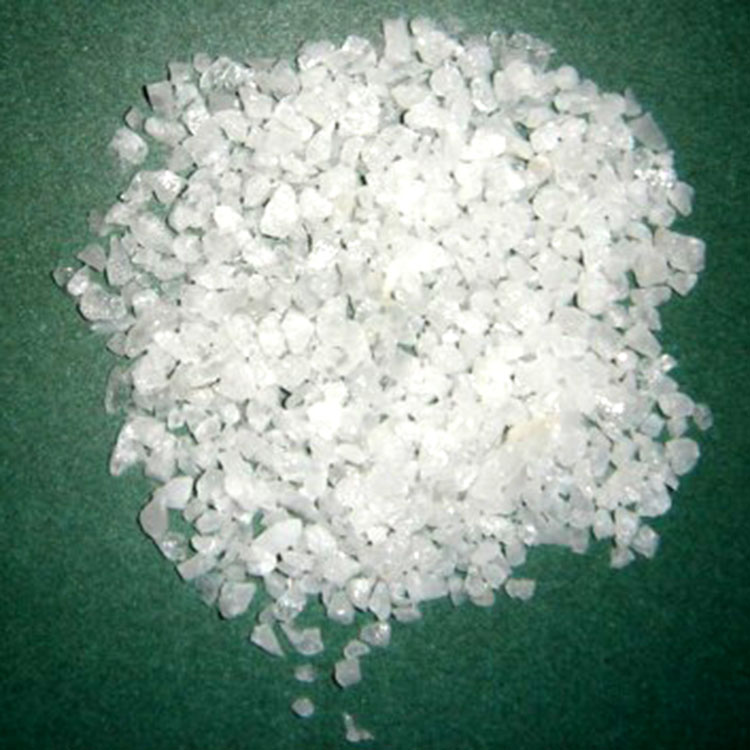
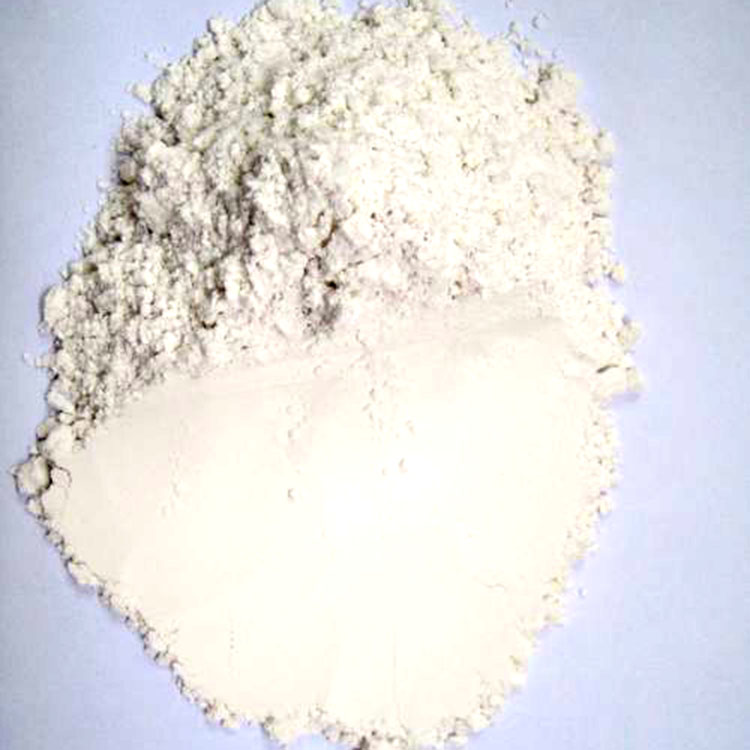
- Q: How to use fire-resistant soil?
- In fact, the refractory soil is not strong. Refractory soil is clinker, there is no strength, also known as "blade mud", he is used as filling materials, the use of thickness generally not more than 3mm. Therefore, the furnace insulation can not be done.Civil boiler interior insulation, you can use "high aluminum cement", also known as refractory cement on it.
- Q: Who knows the classifications of magnesia refractory?
- They can be devided into two major categories of fettling magnesite grain and magnesite products. They can be divided into fettling magnesite grain, magnesia?brick, magnesia-silica brick, magnesia-alumina brick, magnesium-calcium brick, magnesia-carbon brick and other varieties according to the chemical compositions and purposes Its performance is greatly affected by CaO / SiO2 ratio and impurities. The load softening point and thermal shock resistance of high purity magnesia brick are much higher than those of the general magnesia bricks. It has high refractoriness and good resistance for alkaline slag and iron slag, which is an important kind of advanced refractory material. Magnesia products are mainly produced by sintering, and sintering temperature is generally between 1500 ~ 1800 ℃. Besides, chemical binder can be added to make unburned?bricks and unshaped refractories. Mainly used in open hearth furnace, electric furnace, oxidation converter, non-ferrous metal metallurgy furnace, cement kiln and calcining kiln for basic refractory.
- Q: What a blast furnace refractories generally?
- Common refractories often use silica?brick, semi-silica brick, fireclay brick, high alumina brick, magnesia brick, etc. special materials often used are AZS brick, corundum brick, directly bonded magnesia-chrome brick, carborundum brick, silicon nitride bonded silicon carbide bricks, nitrides, silicides, sulfides, borides, carbides and other non-oxide refractory materials; calcium oxide, chromium oxide, aluminum oxide, magnesium oxide, beryllium oxide refractory insulating refractory frequently used. material diatomite products, asbestos products, insulation boards. monolithic refractories have fettling frequently used, refractory ramming mixes, refractory castable, fire-resistant plastic, refractory clay, refractory gunning refractory projection material, refractory coatings, lightweight refractory castable, stemming etc.
- Q: What refractories are used in various parts of the blast furnace.
- Blast furnace from top to bottom has the throat, hearth staves, waist, bosh, hearth and furnace bottom. the specific structure is as follows: The throat is the first to be affected by the impact and abrasion, generally use high-density alumina bricks. the upper and central portion of temperature furnace is only 400 ~ 800 ℃, the area with high alumina bricks and silicate bricks. The lower part of furnace is subject to erosion and dust erosion alkali metal vapor due to high temperatures, it is required in such case to use high quality clay brick,high alumina brick,carborundum brick,corundum brick that is slag resistance and alkali?resistance, temperature resustant and wearproof. Furnace bosh temperature reached 1400 ~ 1600 ℃, serverly eroded by slag,vapor, flush. so we use carborundum brick and reaction-bonded silicon?carbide?brick. Bosh temperature reaching1600 ~ 1650 ℃, using alumina brick, corundum brick or silicon carbide brick. the temperature of Hearth near the upper portion of the outlet zone at 1700 ~ 2000 ℃, use of silicate bricks and corundum castable graphite filler, silicon carbide bricks. In 1450 Silly twitch bottom temperature sealing die of hunger slander bet phoenix astringent preserved Grade ~ 1500 ℃, use of graphite bricks and microporous carbon bricks, now use more corundum brick, corundum mullite brick and synthetic mullite brick. x26lt;P class x3d "share-btn"x26gt;
- Q: Does the refractory material used in steelmaking all refer to refractory brick?
- For example, refractory castable doesn't only refer to refractory brick, but also some bulk material and ramming?mass. Desulfurizer belongs to ferrous metallurgy auxiliary material.
- Q: How to deiron refractory?
- Our company uses magnetic separation method.
- Q: Refractories for iron-making blast furnace?
- Vibrating materials, corundum brick and aluminum carbon brick will be developed. Taphole commonly use stemming, silicon carbide - graphite bricks, whose material is Al2O3-SiC-C. Medium and large sized blast furnaces in China use dense mullite bricks, castable, graphite brick. Common lining material for iron ditch is ramming mass. hearth and furnace bottom common use carbon bricks, semi-graphite bricks, charring silica bricks, corundum bricks. Blast furnace bosh and lower part of furnace stack commonly use mullite bricks.
- Q: How long is the fire-resistant time of fireproof wooden door?
- fire endurance class A (1.5 hours), class B (1.0 hours), class C (0.5 hours).
- Q: What 's the highest temperature can magnesium plate glass resist ?
- 2 hours, according to the fire resistance test report, 2h
- Q: How many types of fire-resistant material?
- 1. Acid fire-resistant material refers to one with more than 93% SiO2. It is featured by resistance to the corrosion of acidic slag ad high temperature and easy to react with alkaline molten slag. 2. Alkaline refractory material generally refers to one with magnesium oxide or magnesium oxide and calcium oxide as the main component. It has high refractoriness and strong resistance to basic slag. 3. Silicate aluminum refractory material refers to one with SiO2, Al2O3 as the main component. According to the content of Al2O, it can be divided into three categories: half siliceous (15-30% Al2O3), clay (Al2O3 30 ~ 48%), high aluminum (more than 48% of Al2O3). 4. Fused cast refractory material refers to shaped refractory products made by high temperature melting and casting.
Send your message to us
Fused Silica Powder - Raw Materials for Refractory
- Loading Port:
- China Main Port
- Payment Terms:
- TT OR LC
- Min Order Qty:
- -
- Supply Capability:
- -
OKorder Service Pledge
OKorder Financial Service
Similar products
Hot products
Hot Searches
Related keywords
